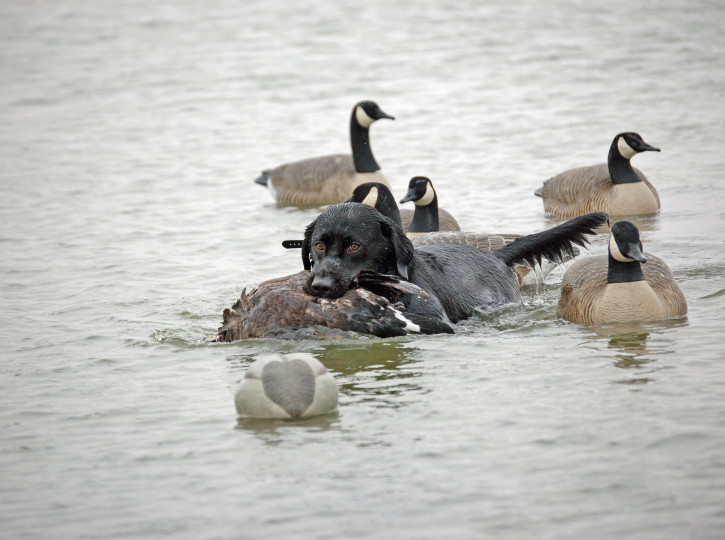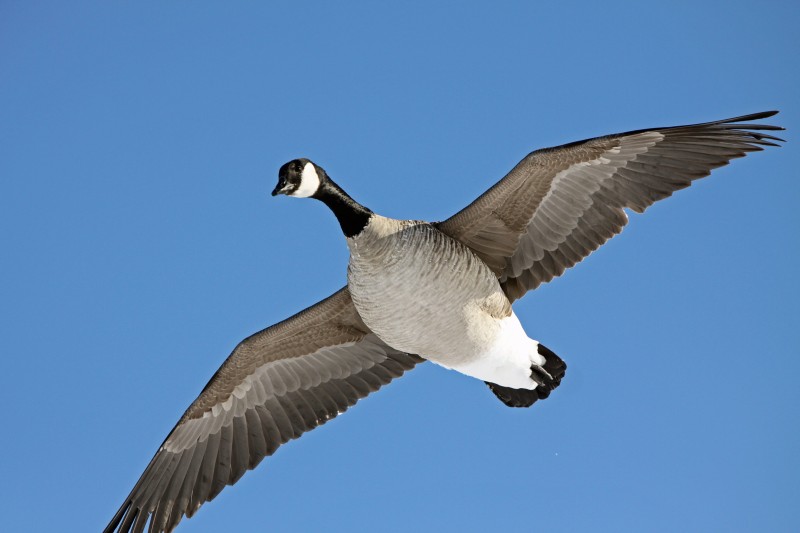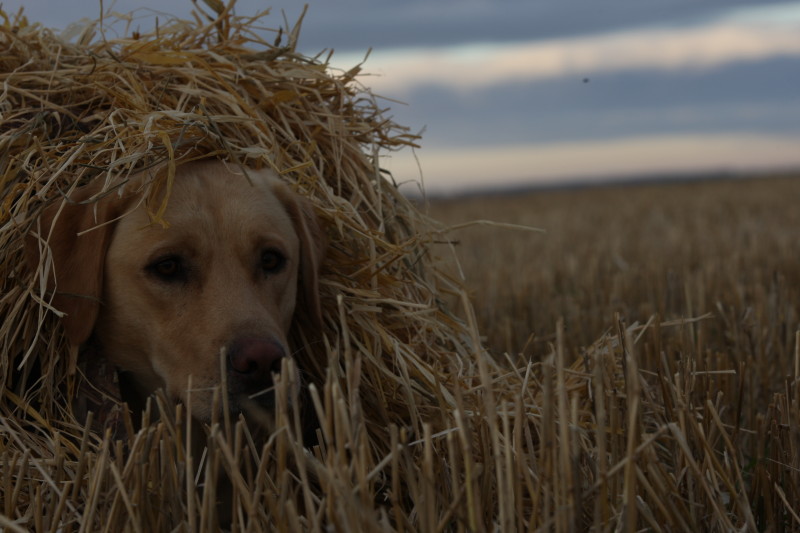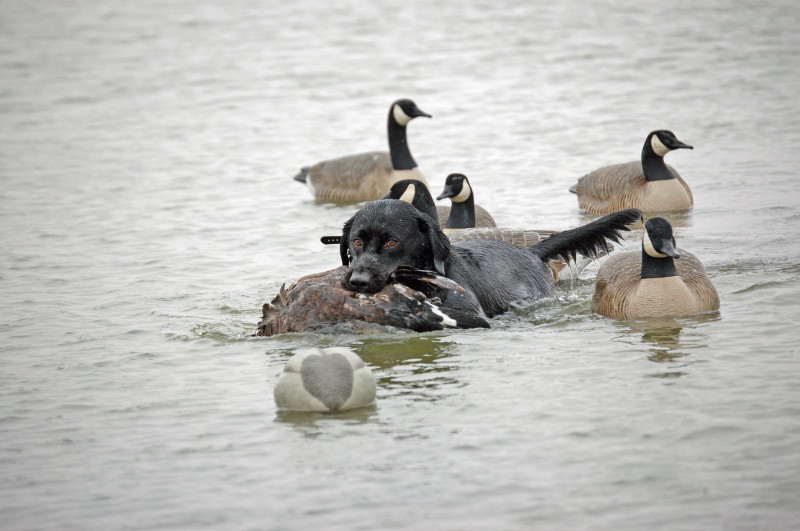5 Ways to Make Your Early Goose Opener a Success
If you are a waterfowler, then you are hanging on the barrel of your short reed anxiously waiting for a chance to greet your feathered friends on September 1st. Everything is loaded up in the trailer, decoys freshly prepped, shotgun’s oiled and your four-legged companion is chomping at the bit. You get into the field, everything is set-up perfectly, the wind is right but two hours later you are baffled, scratching your head, wondering how things could have gone so wrong.
Early season geese, don’t always act the way the way we think they should. Here are 5 tricks I have learned the hard way to help bring those geese feet-down in your face.
1. Laissez Faire Honkers
This isn’t rocket science but it is the staple of my goose hunting rituals. Scouting! You need to be the goose. Once you find your field I like to sit and watch the geese interact with their surroundings. What are they doing? Are they feeding or do they appear to be anxious? Where are they located in the field? Where are they roosting? While it is common to set-up decoys and a ground blind in the location the geese were feeding the night prior I have found the most successful spread location will be in close proximity to where the geese are roosting. Geese this time of year are very lazy, and just don’t seem to be driven by separation anxiety like we see later in the season. In other words, geese will often times land wherever they please! Those singles that will suck in to your spread with a an almost unstoppable determination in October, will short you early in the season. By setting up closer to the roost you can reduce the chances that these anti-social geese will stop short of your spread.
2. The Kitchen Sink
Many hunters are guilty of this mistake, as I have been. 150 full body decoys and 3 short reeds double clucking and moaning with a vengeance. It is a great way to have one stellar hunt, but what happens on Sunday, and the following week. You my friend have just thrown the kitchen sink at those birds, and they won’t forget. If you have a large number of decoys, there is an easy answer, remove a quarter to a third of them and use the rest of your impostors when the birds start to become finicky and enlightened buy the multitude of Minnesota’s hunters. If you don’t have a mega spread, don’t be afraid, there are other ways to keep these birds in the dark. First is calling and flagging, if the birds are coming towards you, stay quiet and keep your flag tucked and at the ready. As soon as the geese begin to show signs of losing interest, hit them with a few quick notes on the call and a flutter of your flag. Many people refer to this as calling or flagging on the corners. Be sure not to negatively impact the effectiveness of your calling or flagging through overuse. Going overboard now will only hurt you later in the season once the birds have picked up on your lack of subtlety.
3. Devious Spreads
The sky is the limit for decoy spread configurations. The spreads I use start to look like the alphabet, from X’s, and O’s to U’s and V’s, I have tried some pretty weird stuff. The one decoy configuration I have found to trick these short stopping geese is intended to imitate “families” of feeding geese. I will set-up my family groups of 4-6 decoys, with each family grouped spaced around 10-15 yards apart as two large pods. In between these two large pods will be the perceived landing zone. From the landing zone, walking with the wind, place a family group of 4-10 decoys, 20-30 yards away. This is where the hunters will be placed. The reason why this can be so effective is often times geese will short the large groups of honkers just outside of gun range. By placing yourself a little further from the large spread, you will have set yourself up for shorter shots.
4. Hide-and-seek!
You know those cool straps on the outside your blind? Use them, everyone of them! Concealment is king for waterfowl hunting. I hate to beat a dead horse here but while scouting I’ve spotted more than a few blinds at great distance that wouldn’t have been any more visible had the hunters added neon flashing lights to the exterior! Taking the time to properly conceal your blind is one of the easiest ways to assure you will have a successful hunt. Make sure every part of the blind is covered in natural stubble from the field you are hunting in! Many fields have different tones of stubble depending on weather conditions, time of harvest amongst a variety of different things. When your blind is ready to roll, keep your shiny and all too recognizable face hidden, only peaking through the mesh of the blind when absolutely necessary.
5. Think outside the field!
Many Midwest hunters cannot obtain land access, for one reason or another. Fortunately they are in luck. We are the land 10,000 lakes. Now, I am sure some people are reading this as their blood pressure is rising, and steam rolling out of their ears. No, I am not condoning hunting a roost! After birds go to feed in the fields in the morning they often return to loafing areas for the afternoon until they leave for the fields again later in the day. These watering holes are perfect spots to ambush unsuspecting geese as they return from gorging. After the birds all leave for the field in the morning, slip in there with a mix of full body decoys, shells, and floaters and wait for their return.
Keep these five tips in mind to to help ensure a successful early season goose hunt this fall!



